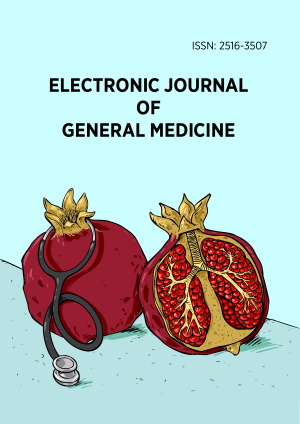Abstract
Background: Many post-COVID-19 patients experienced long-term effects with symptoms lasting for more than three months including fatigue and dyspnea. There is scarce information in the literature on respiratory muscle strength, lung functions, exercise capacity, and the degree of dyspnea in long-term post-COVID-19 patients after two years of recovery.
Objectives: This study aims to assess respiratory muscle function, lung function, exercise capacity, and respiratory symptoms for two years after COVID-19 infection.
Methodology: This is an observational cross-sectional study that included 49 post-COVID-19 patients two years after recovery. Participants were categorized into two groups (hospitalized, n = 18 and non-hospitalized, n = 31). Maximum inspiratory pressure (MIP), maximum expiratory pressure (MEP), a six-minute walk test, and pulmonary function tests, were performed to assess ventilation function and exertion intolerance. The presence of respiratory symptoms was evaluated using the St. George’s respiratory questionnaire.
Results: Diffusion impairment was the most common lung function abnormality found among all post-COVID-19 patients (32%) followed by restrictive pattern (19%). Two percent showed small airway disease, and no obstructive patterns were found. A reduced exercise capacity (the six-minute walk distance < 85% of predicted value) was found in 44% of post-COVID-19 patients. Respiratory muscle weakness was reported in twenty post-COVID-19 patients (41%), and MIP and MEP were significantly lower than predicted values (p < 0.001). Dyspnea was the most experienced respiratory symptom with (42%) followed by cough (22%) and wheezing (8%).
Conclusion: Our findings showed low exercise capacity, abnormal lung functions, and respiratory muscle weakness in post-COVID-19 patients two years after recovery. We strongly recommend periodic lung function and respiratory muscle testing in symptomatic post-COVID-19 patients.
License
This is an open access article distributed under the Creative Commons Attribution License which permits unrestricted use, distribution, and reproduction in any medium, provided the original work is properly cited.
Article Type: Original Article
ELECTRON J GEN MED, Volume 22, Issue 3, June 2025, Article No: em646
https://doi.org/10.29333/ejgm/16228
Publication date: 01 May 2025
Online publication date: 01 Apr 2025
Article Views: 261
Article Downloads: 234
Open Access References How to cite this article
 Full Text (PDF)
Full Text (PDF)